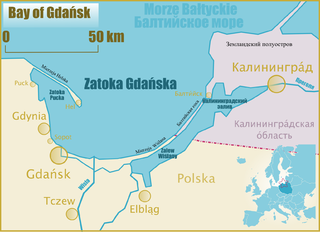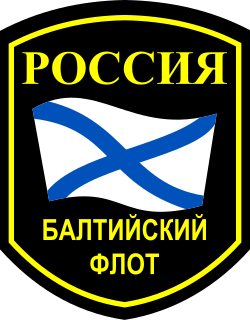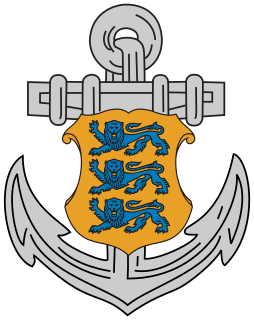Olpenitz (Danish: Olpenæs) is a part of the town Kappeln in Schleswig-Holstein, Germany, at the mouth of the Schlei firth to the Baltic Sea.

Kappeln is a town in the district of Schleswig-Flensburg, in Schleswig-Holstein, Germany. It is situated on the north bank of the Schlei, approx. 30 km (19 mi) northeast of Schleswig, and 35 km (22 mi) southeast of Flensburg. For the eastern Angeln and the northern Schwansen, Kappeln has center function.

Schleswig-Holstein is the northernmost of the 16 states of Germany, comprising most of the historical duchy of Holstein and the southern part of the former Duchy of Schleswig. Its capital city is Kiel; other notable cities are Lübeck and Flensburg.

Germany, officially the Federal Republic of Germany, is a country in Central and Western Europe, lying between the Baltic and North Seas to the north, and the Alps, Lake Constance and the High Rhine to the south. It borders Denmark to the north, Poland and the Czech Republic to the east, Austria and Switzerland to the south, France to the southwest, and Luxembourg, Belgium and the Netherlands to the west.
From 1964 until 2006, Olpenitz was the site of one of three major naval bases the German Navy in the Baltic Sea. Naval units positioned in Olpenitz included three squadrons of minesweepers and minehunters and various auxiliary vessels. The base was closed end of 2006, with the last vessels being reallocated to Kiel. [1]

The German Navy is the navy of Germany and part of the unified Bundeswehr, the German Armed Forces. The German Navy was originally known as the Bundesmarine from 1956 to 1995, when Deutsche Marine became the official name with respect to the 1990 incorporation of the East German Volksmarine. It is deeply integrated into the NATO alliance. Its primary mission is protection of Germany's territorial waters and maritime infrastructure as well as sea lines of communication. Apart from this, the German Navy participates in peacekeeping operations, and renders humanitarian assistance and disaster relief. They also participate in Anti-Piracy operations.

A minehunter is a naval vessel that seeks, detects, and destroys individual naval mines. Minesweepers, on the other hand, clear mined areas as a whole, without prior detection of mines. A vessel that combines both of these roles is known as a mine countermeasures vessel (MCMV).

Kiel is the capital and most populous city in the northern German state of Schleswig-Holstein, with a population of 249,023 (2016).
There are plans to convert the old harbour basins into private marinas. After the bankruptcy of the initial investor, completion under a new investor is currently envisaged for 2021. [2]

A marina is a dock or basin with moorings and supplies for yachts and small boats. A marina differs from a port in that a marina does not handle large passenger ships or cargo from freighters.
Coordinates: 54°39′44″N9°59′29″E / 54.66222°N 9.99139°E

A geographic coordinate system is a coordinate system that enables every location on Earth to be specified by a set of numbers, letters or symbols. The coordinates are often chosen such that one of the numbers represents a vertical position and two or three of the numbers represent a horizontal position; alternatively, a geographic position may be expressed in a combined three-dimensional Cartesian vector. A common choice of coordinates is latitude, longitude and elevation. To specify a location on a plane requires a map projection.















